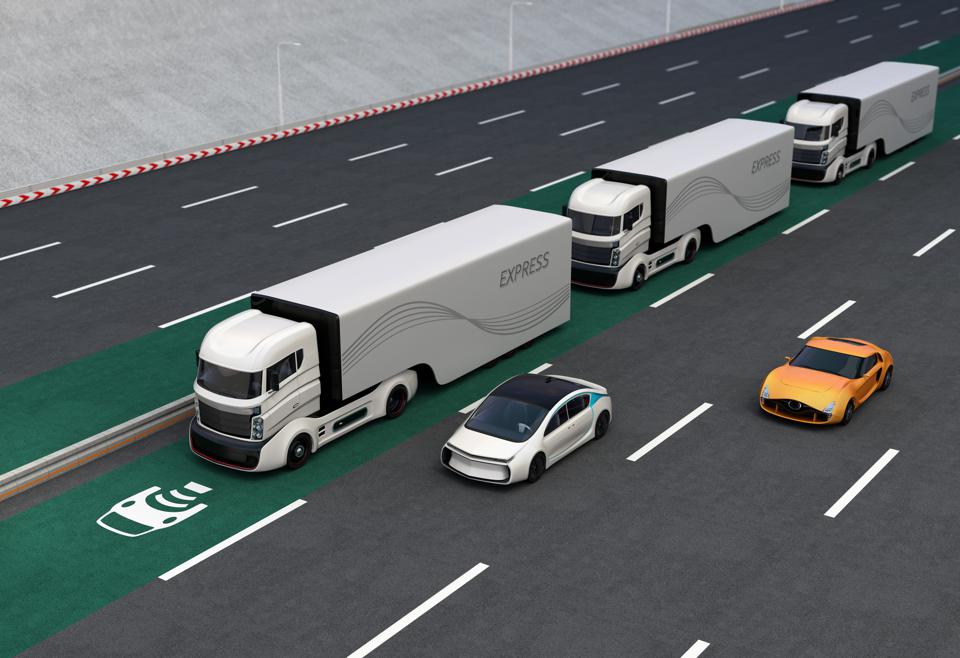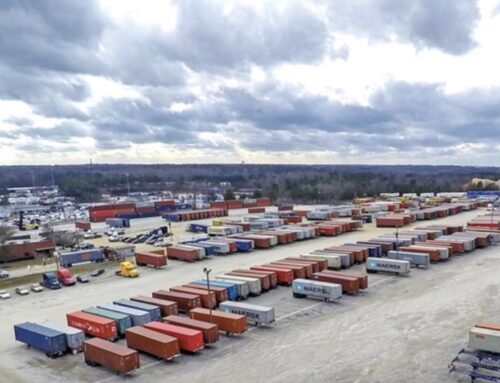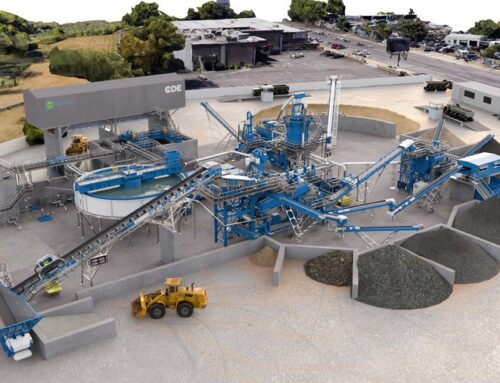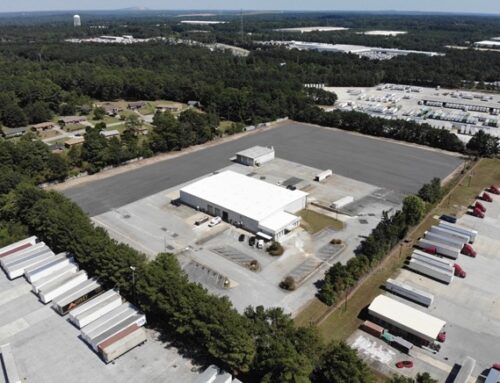By Forbes.com
Autonomous driving is one of the technology areas under scrutiny. We are still far from the future vision where everyone will be able to get into their car, punch a few buttons, and arrive at their destinations while reading a book (or, ok, let’s admit it, spend yet more time on Twitter or TikTok.) The skeptics argue that we are no closer to true autonomous driving than we were several years ago.
Embark Trucks has been working away from the hype, focused on the low-hanging fruit of autonomous vehicles: long-haul transport and semi-trucks. In a recent conversation, CEO Alex Rodrigues noted that after going public a year ago in a SPAC merger, Embark has focused on three areas:
- Developing a coast-to-coast transfer hub network;
- Preparing a Truck Transfer Program that will deliver the first Embark trucks to carriers; and
- Improving the software to include specific technical capabilities
Embark’s vision is to have autonomous trucks cover the longest distances, with human drivers then handling the “last mile” to the final delivery destination. Fleets are enthusiastic, but they need access to a sufficiently large network of hubs where they can pick up and drop off trailers close enough to the final delivery. Fleet operators already have some of their own terminals, but to complement them, Embark is creating a backbone of hubs that participating fleets will be able to use. This will include 9 sites across the US Sunbelt, which can handle about 28% of US freight volume.
To maintain its asset-light approach, Embark has partnered with Alterra Property Group, a real estate investor specialized in industrial real estate — making this an ecosystem approach. Ryder Systems, a leader in supply chain and transportation fleet management, will instead handle the truck maintenance and dispatching; they will employ and train the staff operating at the different facilities — guaranteeing a seamless experience across hubs. Embark sees itself as responsible for kickstarting this ecosystem, but is able to then step away and let partners manage the hubs.
The Truck Transfer Program is another important step forward. From the outset, Embark has developed a software package that is compatible with multiple redundant-chassis platforms, to be able to cooperate with different truck manufacturers. Embark is now working with Knight-Swift, one of the largest fleets in the US, to integrate Embark’s technology into trucks produced by Knight-Swift’s preferred manufacturer. The trucks will be owned by Knight-Swift, with Embark providing the software and support services.
The third area of progress is a combination of software capability improvements and better coordination with law enforcement agencies — again the ecosystem approach necessary for autonomous driving to scale. Here Embark’s technology will ensure that if, for example, an autonomous truck is being flagged down by a police car, the truck will know it needs to pull over (with support from Embark’s monitoring center), and that the law enforcement officer can easily get access to the relevant documents and to a lockbox with all data, and to speak directly with remote technicians at Embark’s monitoring center. Other technical capabilities Embark is working on include handling blown tires, managing required pre-trip inspections, and executing evasive maneuvers such as hard braking.
Like every innovation, this one requires some important organizational changes to be adopted and scaled successfully. In this case, one key element will be to organize the last mile delivery in coordination with the long-haul transport. Another one, and an important source of greater efficiency, will be a scheduling approach that takes advantage of the hub network to direct trucks to the area of greatest demand — exploiting the greater flexibility that comes from not having to eventually return truck and driver to the original point of departure.
CEO Alex Rodrigues stresses that Embark’s Guardian fleet management software provides visibility on the location and status of the trucks to both fleet operators and Embark itself. The scheduling and dispatching remains responsibility of the fleet operator — but of course Embark’s system makes the fleet dispatcher’s job a lot easier given the better real time visibility on the fleet itself.
Embark’s nearest major milestone will be the first truck transfer, the launch of the first trucks owned by a fleet and supported by Embark’s autonomous driving software, by the end of 2022. Over the course of next year, Embark will work to extend the Truck Transfer Program to other fleet operators. Rodrigues envisions that we will see the first autonomous trucks being rolled out for commercial operations in 2024. He believes that Embark’s combination of ecosystem approach and platform-agnostic software could then allow autonomous trucking to scale rapidly.
At the moment, supply chain disruptions pose the most serious obstacle: delays in the manufacturing of redundant platforms require Embark and its partners to plan carefully and realistically for the number of autonomous trucks that they will be able to develop and roll out in the near future.
But this is after all in line with Rodrigues’ pragmatic approach, focused on maintaining realistic goals for the near term to set a solid base for the rapid growth of autonomous trucking. The roll-out of autonomous trucking will in turn improve supply-chain efficiency and unlock significant economic value — and open the way for a future of safe texting while the software drives.





